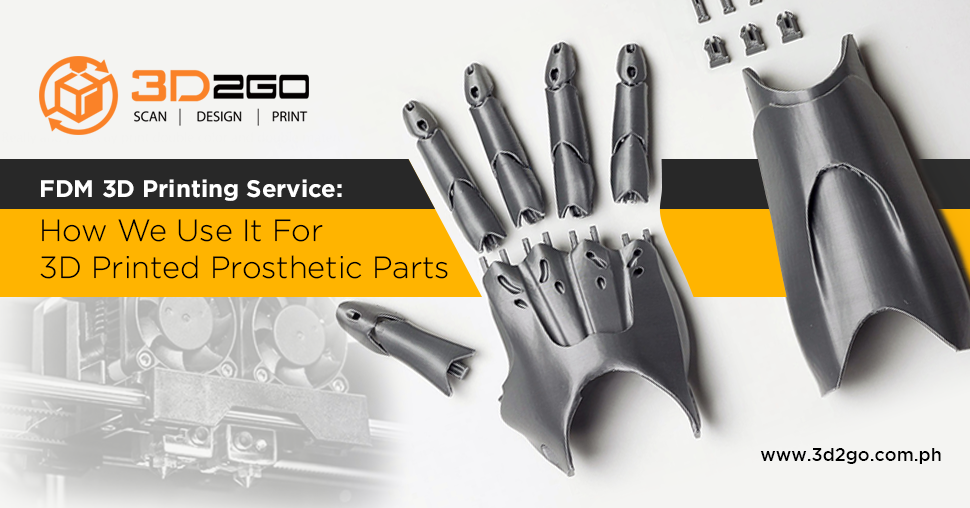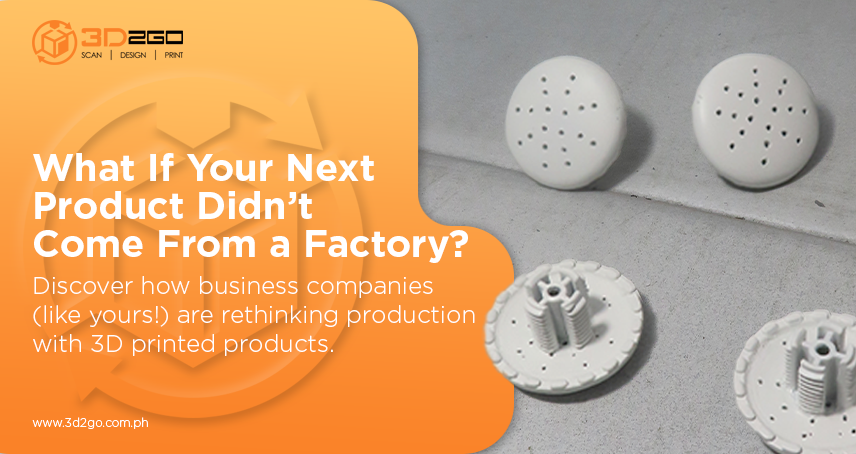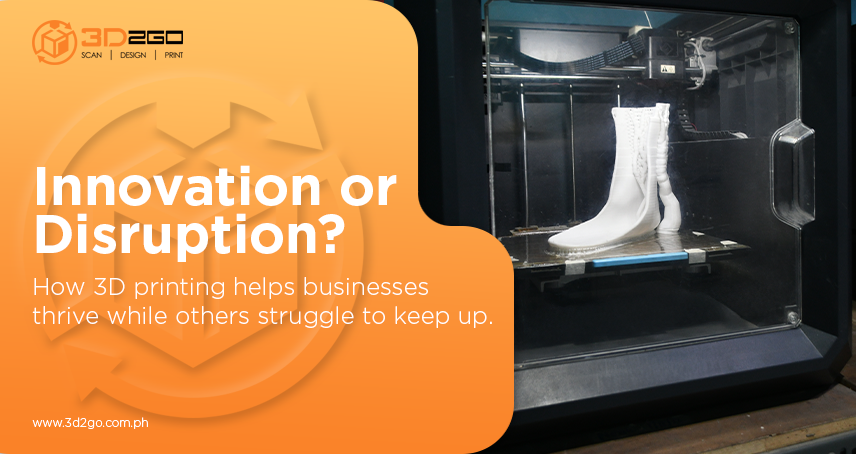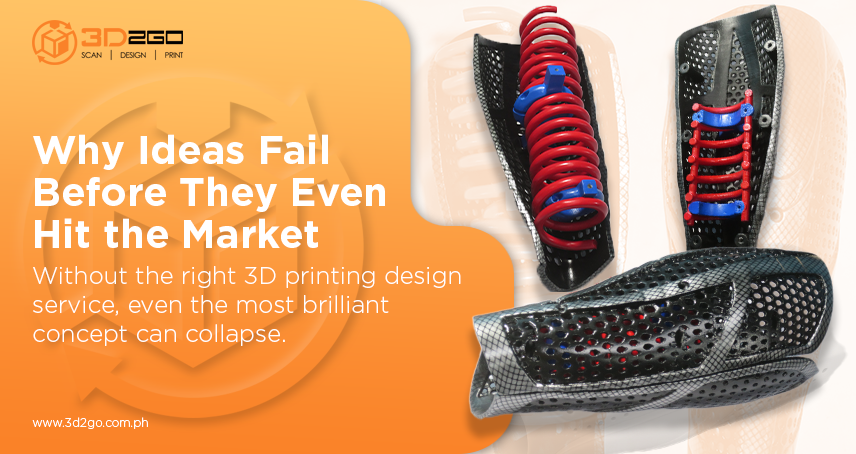
FDM 3D Printing Service For 3D Printed Prosthetic Parts (And Other Medical Applications)
May 28, 2022
How Can 3D Scanning In Education Improve Teaching?
May 28, 2022The manufacturing industry is at its largest and most advanced in the world today. As companies and manufacturers are into mass production, injection molding, or the process of creating and producing parts by injecting a molten material into a mold, is widely used.
Most of the plastic materials we use today are made through injection molding. They were improved and hardened through the years. As technology improved, the way the technique is done has improved too.
The market size for plastics using injection molding was valued at USD 283.54 billion in 2016. It is because of the growing demand for plastics parts all throughout different industries like packaging, automotive, electrical and electronics, home appliances, and medical devices.
These days, many mass producing companies are trying to incorporate 3D printed molds into their injection molding process of making things.
3D Printing Molding Materials To Manufacture Parts
With better 3D printers coming out, 3D printers that can produce a better outcome with a smoother finish and more accurate surfaces, injection molding products are now 3D printed. With the traditional molders or the machines, it needs to be made of steel, aluminum, or any other expensive material that can sustain the heat projected to mold the plastic. But with 3D printed molds, the materials are cheaper but with the same outcome.
The manufacturing industry is actually going with 3D printing as they see it as the better option for mass production. According to 3D Hubs, 3D printed molds are best used for smaller sized objects, the lesser production number of parts, faster turnaround time, and for possible changes in the molding design.
It has been proven that 3D printing creates molds up to 90 percent faster and 70 percent cheaper than using traditional mold making processes.
Designing A 3D Printed Mold
Now, not only prototypes are being made with 3D printing. Mass production is also being improved with the help of 3D printed molds. However, there are many things to consider when making or designing a 3D printed mold.
It is not like your usual molding material as it needs some different measures to follow. If you are using SLA printing, it is important to note that molds need to be slanted so it can support itself. Another thing is the air vents are a must. Also adding a 1mm space for embossed and engraved details is important.
Reverse Engineering Spare Parts
Moreover, with the continuous use of the molding, when it reaches 20 runs, it needs channels for rods and metal tubes. Lastly, printing at a lower layer height is better as it produces smoother molded parts with lesser printing lines.
3D Printed Molds From 3D3GO
If you are planning to start a small manufacturing company, you might want to look at the advantages of 3D printing a molding machine can give you. Not only will it cost you less but it will also help you start your business in a faster time.
And here at 3D2Go, we will help you achieve that! Simply contact us and we will help you 3D print molds for your company or for your small business.






